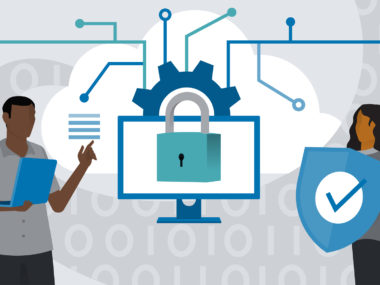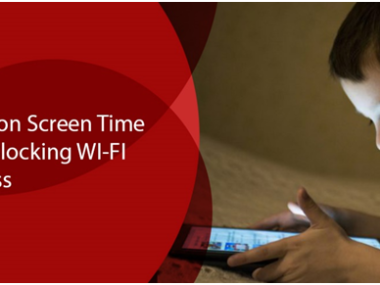Imagine this. You’re heading home in the evening when the air conditioner starts to hum, the kitchen lights turn on, and your smart speakers start playing music. You use your fingertip to unlock the front door, then step inside and use your smartphone to switch on the oven. This might sound like a scene from a science fiction film from the 1980s, but it’s not that difficult to make. You may get started with little outlay of capital utilizing commercially available IoT devices. Here we are going to understand making a smart home.
Define the term “smart house”
In 2015, nine gadgets were linked in the typical Australian home. In 2018, it was 17, but by 2022, projections put it at 37. In only seven years, that number has multiplied by four. The term “internet of things” refers to the concept that everyday objects, such as home appliances, might become “smart” when connected to the internet or when linked to other connected devices through a user’s Wi-Fi network. Numerous of these new electronic items will be a part of this. One or more of these devices is not required to make a house smart. Adding more of them increases the number of connections in your house.
The majority of IoT devices in the past could only respond to basic instructions like “on” and “off,” as well as temperature and alarm settings. These features were also unique to a select few proprietary software packages. Each of your devices required its software, and many of those apps weren’t compatible with either Android or iOS. Popular companies like LG, Samsung, and Sony now equip nearly all of their home appliances with “smart” technology. This, along with the proliferation of smartphones, tablets, and smart assistants used to operate smart items, has lowered the entry barrier for anybody looking to get into the IoT market. The majority of the work in creating a smart home may be done with simple plug-and-play components.
You can utilize most smart home devices in one of three ways
- Apps
There is still a plethora of applications to choose from, but these days most items have versions for both android & Ios, and major industrial businesses utilize a single app to manage a suite of devices. However, manufacturer applications still frequently don’t get along with those of other manufacturers. Some apps, such as Google Home, do allow you to manage many devices from a central location, but typically at the expense of other capabilities.
- Automation with intelligent helpers
The brains of a connected house may very well be smart assistants like Google Assistant, Siri, or Alexa. They’re not required, but they simplify your life by letting you command all your gadgets with a single voice command. Google Assistant is built into Android phones, whereas iPhones feature Siri. There is currently no phone that has Alexa pre-installed, but you can get a smart speaker that has any one of these three virtual assistants pre-installed. Apps allow you to program your voice commands after you become familiar with your technology. It’s possible to set up a smart assistant such that saying “It’s movie time” causes the lights to go down, the TV to come on, and any music in the home to stop playing.
- Automation
Many modern gadgets and applications can communicate with one another without your intervention. You may program your wristwatch to activate the air conditioner when it detects that you are within 500 meters of home, start brewing coffee when your alarm goes off in the morning, or any number of other scenarios. Even though many popular products from different manufacturers still have trouble communicating with one another, IFTTT can help them all get along.
For what reasons are smart homes advantageous?
- Entertainment
It’s comm, on to begin with smart home technology connected to music and television. You may use your smartphone or voice instructions to make music selections and, play/pause/stop/skip tracks. Many modern media players, such as the Android Tv or Chromecast, are superior to the smart home capabilities incorporated into some TVs.
- Home Electronics
Smart features are being added to more and more new appliances. Appliances like refrigerators, stoves, washers, and dryers are now participating in the fray by offering several services, such as alerting users via smartphone when a meal is ready or a load of laundry is complete. Do we have milk in the fridge? is an age-old shopping question that may be answered by a smart fridge’s internet-connected touchscreen or, in certain cases, by a camera installed inside the appliance. Smart switches provide remote on/off control of equipment by voice command or smartphone app.
- Power to the people: adjusting the lights and the thermostat
Through the use of a mobile app or virtual assistant, smart lighting may be turned on and off, dimmed, and in some cases even changed to a different color. Most may be programmed to give the impression that someone is home, and “scenes” can be created to save frequently used settings like the ideal lighting for a night in front of the television.






